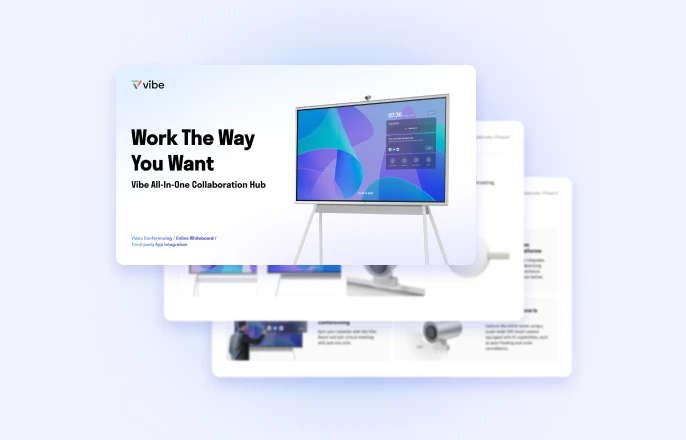On a typical workday, how much time do you actually spend on work that makes you feel engaged and motivated? If you’re like a lot of people, it’s probably not as much time as you’d like. In fact, it may seem like you’re spending more time than ever working on things that are related to work — but not exactly your job. This phenomenon is known as "work about work," and it’s one of the greatest threats to productivity in the workplace today.
Defining "work about work"
So, what is work about work anyway? Asana set out to answer this question in its Anatomy of Work Index 2021. This survey posted the same question to 13,000+ global knowledge workers. They defined work about work as "the activities that take time away from meaningful work, including communicating about work, searching for information, switching between apps, managing shifting priorities, and chasing the status of work."
In other words, all the tasks you take on that aren’t related to your actual role. They’re typically tedious and take time away from work you’d rather be doing.
The productivity problem
While there will always be mundane tasks at work, the biggest problem is this: 60% of a person’s time at work is spent on work about work. Yes, you read that right. Only 40% of weekly hours are spent on skilled work and strategy. Talk about a loss of productivity!
Knowledge workers spend the majority of their time on tasks that can easily be delegated or automated. These mindless tasks take away from activities that add value and increase engagement. In fact, they’re one of the biggest barriers to productive work, right after having too much work to do.
Unfortunately, remote work hasn’t completely removed barriers to productivity. Water cooler chats have largely been replaced by meetings (and lots of them). As a result, 87% of workers are taking on longer hours and 76% struggle to disconnect from work.
Related: Help Your Employees Find — and Maintain — Meaning in Their Work
Actionable ways to reduce work about work hours
Cutting down on the time you spend on work about work ultimately comes down to establishing resources and finding alternatives to manual tasks. As a first step, evaluate tasks and projects to determine if they align with your department and organization’s goals, as you’re able. In the instances where you can’t turn down a "work about work" task, lean on the following best practices.
Automate
There’s nothing more tedious than performing the same low level task over and over again. Take care of simple tasks with automation tools for reminders, invoices, scheduling, and task and campaign management. Encourage your team to also make this switch and watch your time free up.
Delegate
You can’t be hands-on for every assignment. Delegation is an often undervalued skill that can make a big difference in your productivity. Considering matching tasks outside of your role or skill set with the right person for the job. Be sure to define the work, clarify the scope of the contribution, and ensure alignment.
Develop resources
Clarification is one of the major drivers behind meetings. There are some instances where in-person or remote collaboration is the best method for answering questions. However, too often meetings take place to answer the same questions over and over. Free up time for value-added tasks and ensure clarity through company knowledge resources.
An internal wiki serves as an accessible knowledge base for employees. Company wikis often include:
-
company policies
-
collateral
-
workflows
-
training materials
-
values
-
culture
-
contact information
Instead of relying on individuals to retain all of your company knowledge and facing a brain drain when they leave, you can store critical information in one easy-to-find place.
Establish remote collaboration policies
Remote work introduces new challenges for collaboration, particularly asynchronous communication. Written communication also leaves room for misinterpretation and confusion. Employees may feel pressured to always be accessible and promptly respond to messages even if they’re involved in skilled work at the time.
Companies can help alleviate some of these issues by establishing remote collaboration policies. Set parameters around working hours, means of communication, task management, and meetings. All of this information can be stored in your internal wiki for easy reference.
For more effective remote working sessions, use Vibe’s interactive smart whiteboard to annotate, organize, brainstorm, and innovate. You can even save and share the content for easy future reference.
Vibe offers a collaborative solution combining an interactive digital whiteboard and innovative smart software. Increase engagement and efficiency at your brainstorming sessions, virtual training, and classroom sessions by integrating your favorite applications with video conferencing and an infinite, mess-free writing canvas. Collaborate today with Vibe.
Looking for the latest in interactive whiteboard technology? Check out Vibe today!








-1sbltxxq4FYxHrXrwJVLsCDNsXpqNa.webp)
-5Zp0pmSytvcuYDVs1LvuwplKuRneK0.webp)
